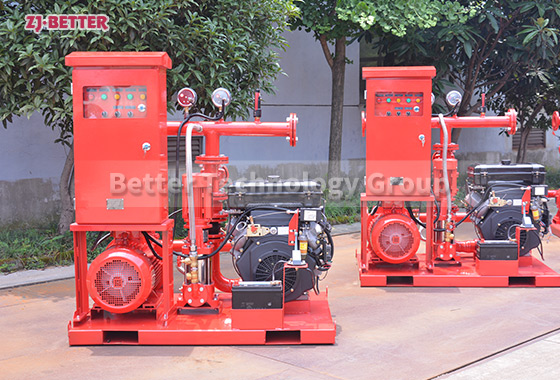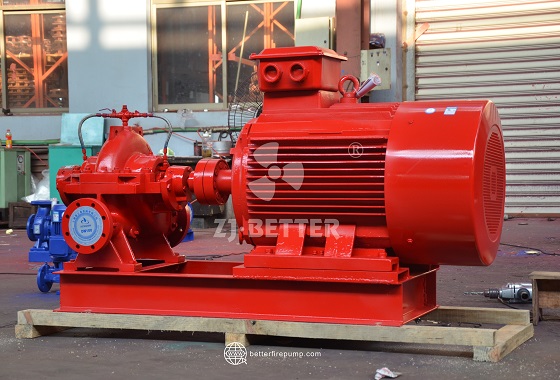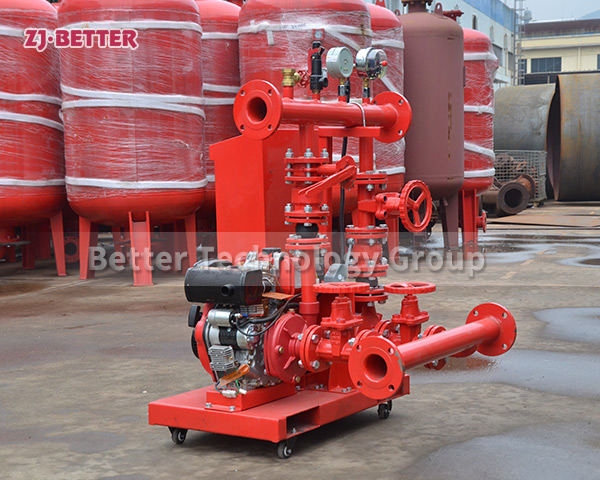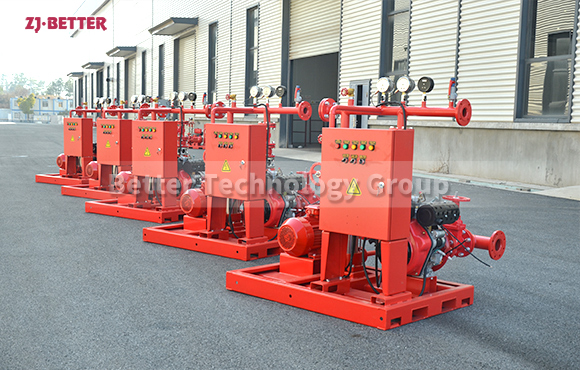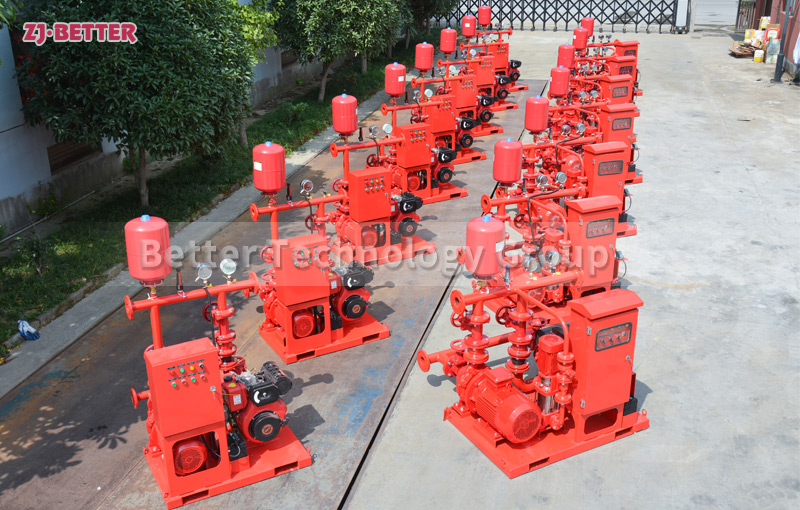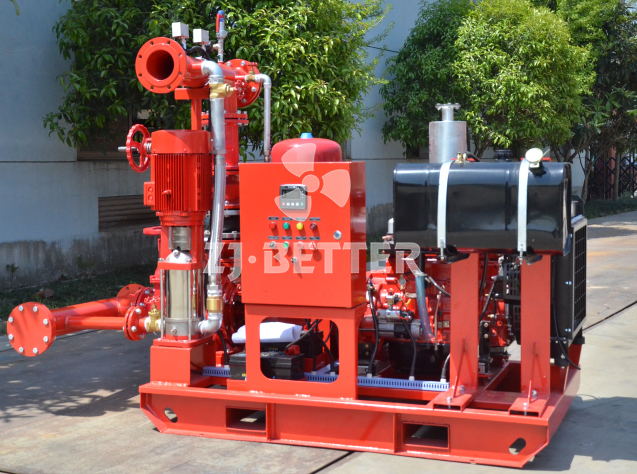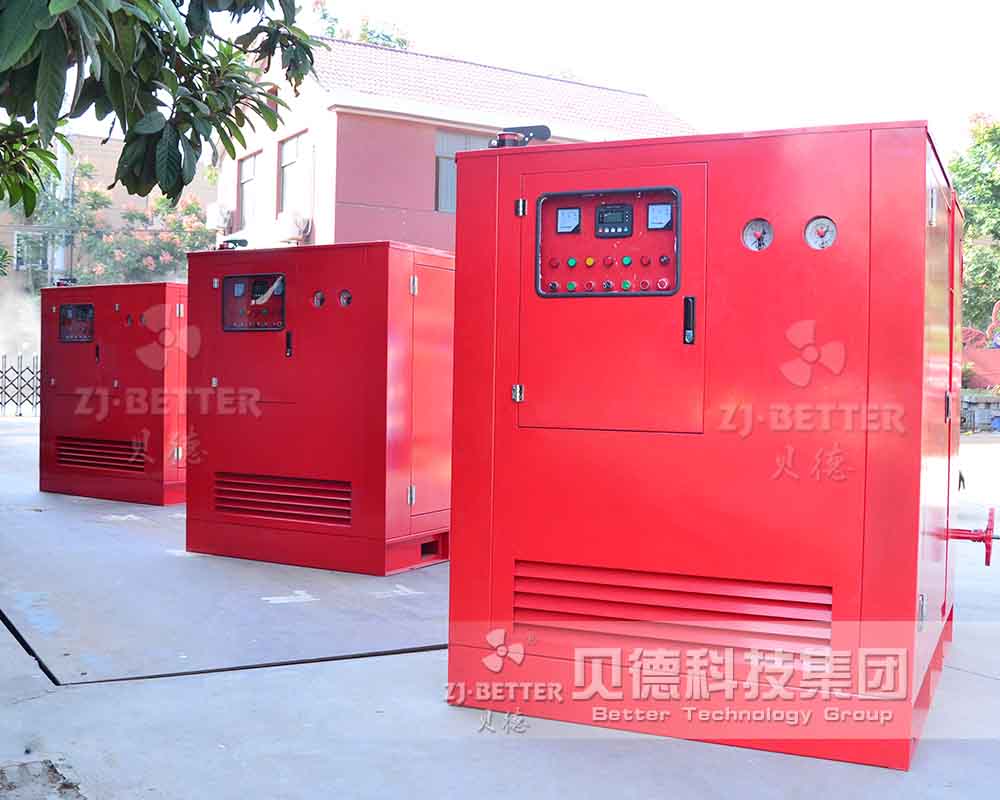Common Challenges in Fire Pump Systems
Fire pump systems, like any mechanical equipment, can face various challenges that impact their performance and reliability. Some common issues include:
Cavitation: This occurs when there’s excessive pressure drop in the suction piping, causing vapor bubbles to form within the pump. Cavitation can damage the pump and reduce its efficiency.
Overheating: Fire pumps generate heat during operation. Overheating can lead to pump failure, so proper cooling and ventilation are essential.
Blockages: Debris or obstructions in the piping can impede water flow, reducing the pump’s effectiveness.
Wear and Tear: Like any mechanical equipment, fire pumps experience wear over time. Regular maintenance is essential to replace worn parts and ensure longevity.
Identifying and addressing these challenges promptly is essential for maintaining the functionality and reliability of fire pump systems.
Fire pump systems, like any mechanical equipment, can face various challenges that impact their performance and reliability. Some common issues include:
Cavitation: This occurs when there’s excessive pressure drop in the suction piping, causing vapor bubbles to form within the pump. Cavitation can damage the pump and reduce its efficiency.
Overheating: Fire pumps generate heat during operation. Overheating can lead to pump failure, so proper cooling and ventilation are essential.
Blockages: Debris or obstructions in the piping can impede water flow, reducing the pump’s effectiveness.
Wear and Tear: Like any mechanical equipment, fire pumps experience wear over time. Regular maintenance is essential to replace worn parts and ensure longevity.
Identifying and addressing these challenges promptly is essential for maintaining the functionality and reliability of fire pump systems.

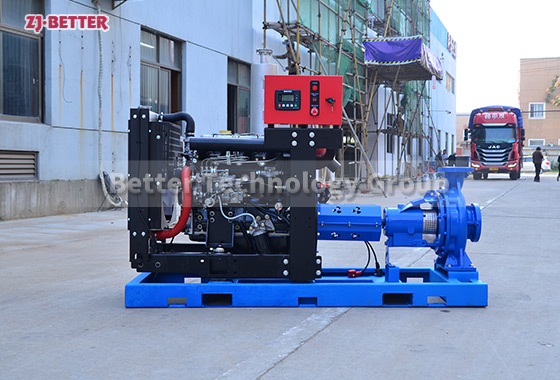
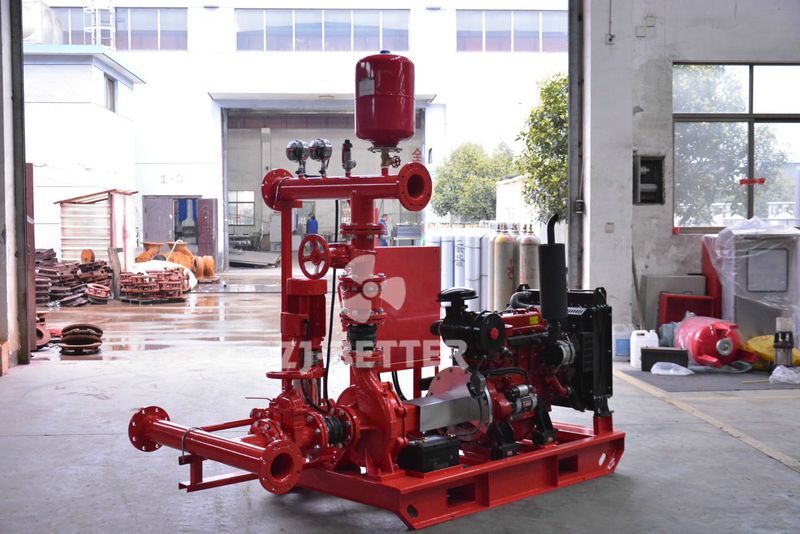


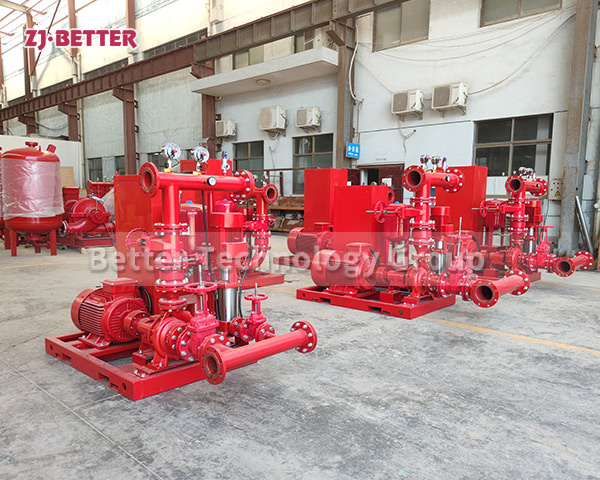
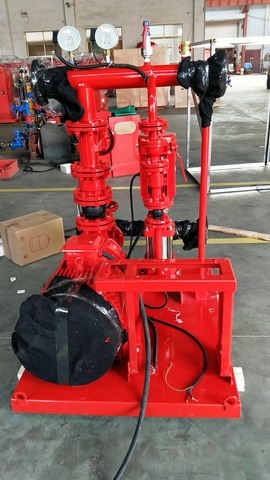

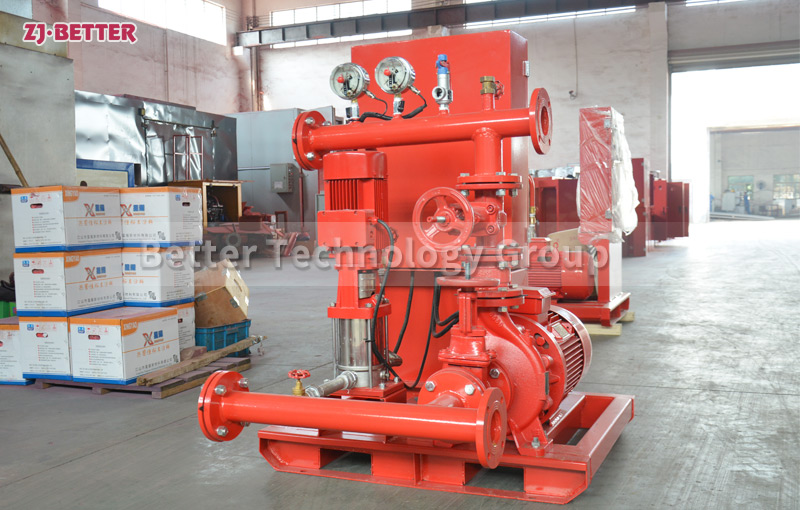

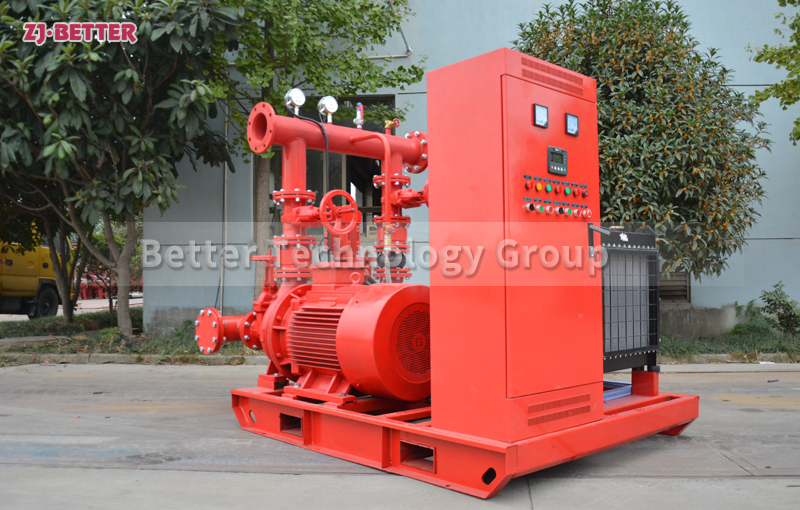
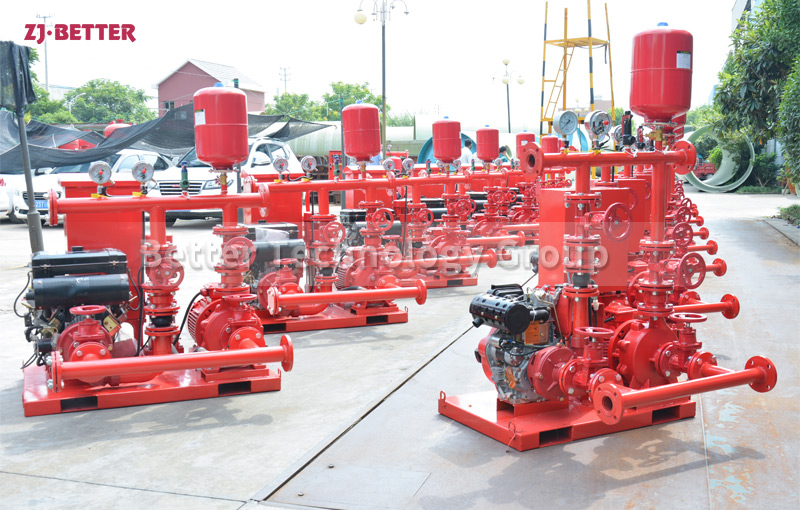
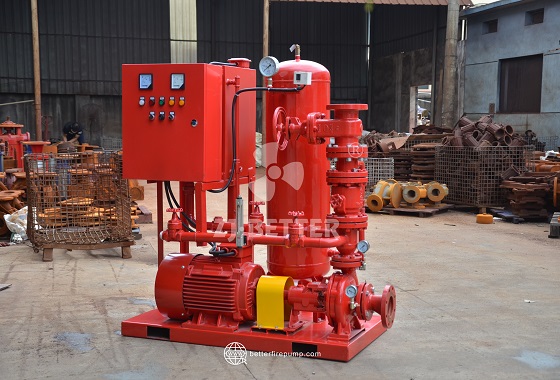
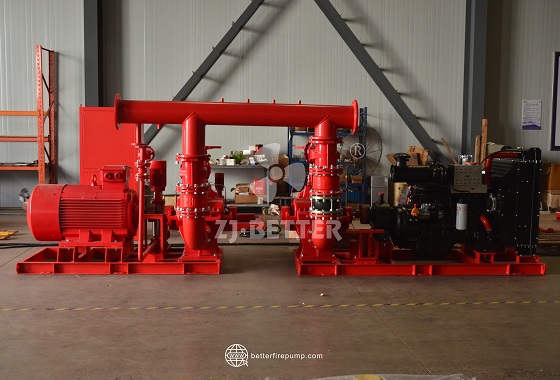

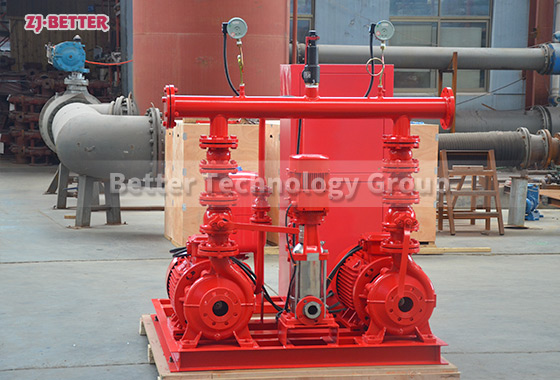
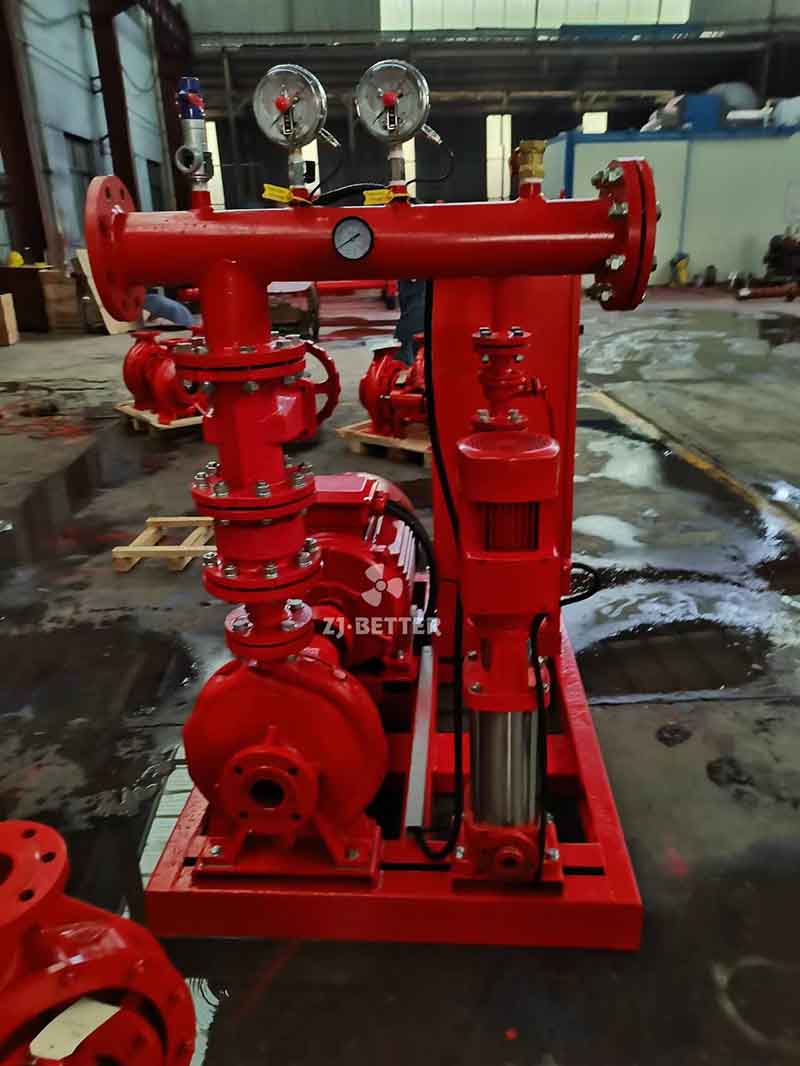
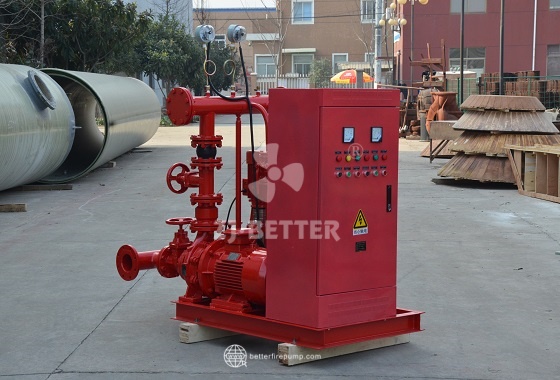

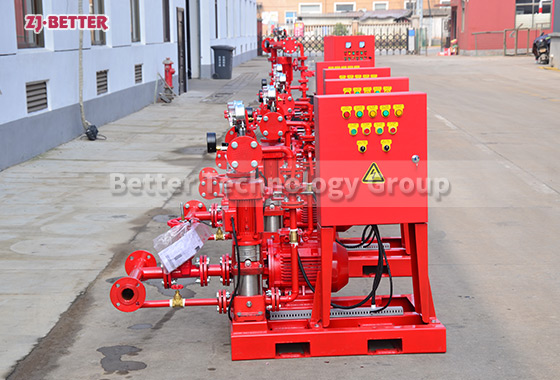
.jpg)
